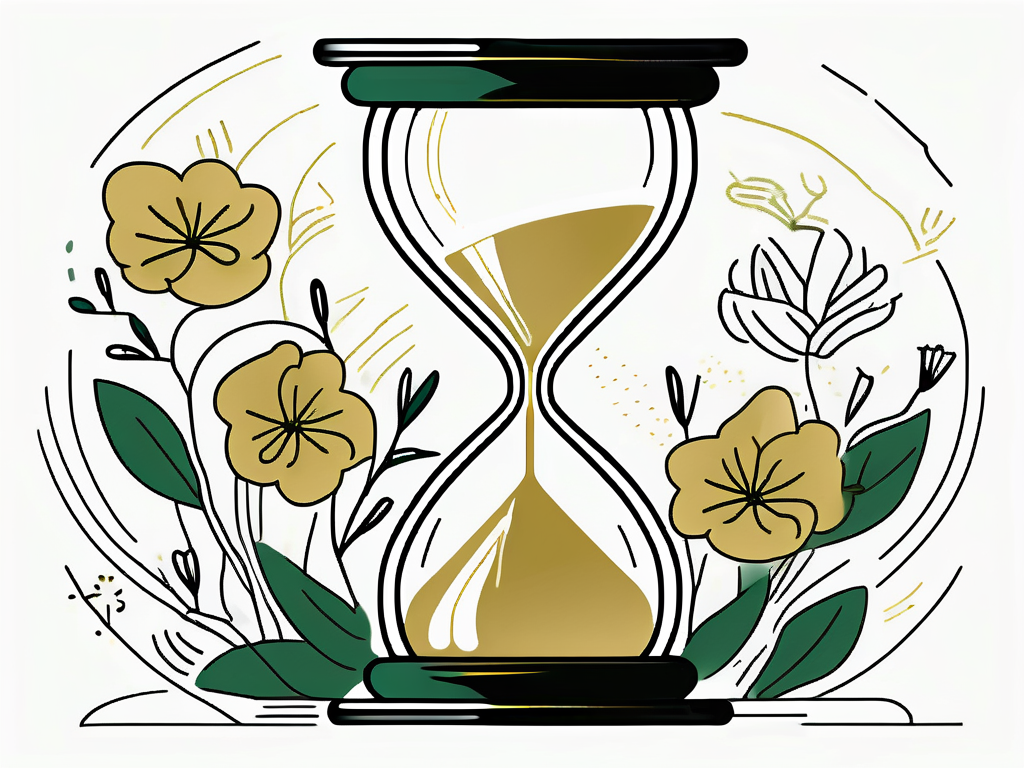
The 3 Month Rule in dating is a guideline that many people reference when navigating relationships. It serves as a timeline for determining whether a new relationship is worth pursuing or whether it might be time to rethink the connection. Understanding this rule can help individuals and couples enhance their dating experience, establish compatibility, and manage expectations.
The Origin of the 3 Month Rule in Dating
The 3 Month Rule in dating has become a widely accepted practice, but where did it come from? The concept gained traction in the early 2000s, reflecting a shift in dating culture and relationship dynamics. It emerged as singles sought to navigate the complexities of modern relationships, often influenced by media and popular culture.
The Psychological Basis Behind the Rule
One psychological explanation for the 3 Month Rule is that it allows individuals to assess emotional investments without getting too attached too quickly. In the early stages of dating, emotions can run high. The three-month mark provides a buffer to evaluate feelings and compatibility without overwhelming intensity.
This period also aligns with the typical time frame for establishing patterns in behavior and communication. By the end of three months, partners usually reveal more true aspects of their personality, offering a clearer picture of the relationship’s potential. During this time, individuals can observe each other’s reactions to stress, joy, and conflict, which are crucial indicators of long-term compatibility. It’s a phase where the initial excitement can either solidify into something deeper or reveal fundamental differences that may not have been apparent at first.
Cultural Influence on the 3 Month Rule
Cultural factors greatly impact dating norms. Media portrayals often glamorize the whirlwind romance while simultaneously emphasizing the importance of emotional steadiness and commitment. This duality contributed to the 3 Month Rule’s acceptance as a way to blend excitement with emotional caution.
Furthermore, the rise of dating apps and online platforms has infused new dynamics into dating culture. The 3 Month Rule acts as a stabilizing principle amid the often fast-paced and unpredictable landscape of modern dating. As singles swipe through potential matches, the three-month timeframe serves as a guideline to help manage expectations and foster a sense of security. In an environment where instant gratification is the norm, this rule encourages individuals to slow down and take the time to truly get to know their partner, allowing for a more meaningful connection to develop. Additionally, the rule has become a topic of discussion in various forums and social media platforms, further solidifying its relevance in contemporary dating practices.
The Significance of the 3 Month Rule
The significance of this rule is multi-faceted. It plays a crucial role in emotional development and relationship dynamics, shaping how individuals interpret their connections.

Emotional Investment and the 3 Month Rule
As individuals reach the three-month milestone, assessing emotional investment becomes crucial. Are feelings mutual? Is there a desire for a long-term relationship? At this point, discussing future intentions can clarify both partners’ expectations.
Emotional investment requires effort. As partners reach the three-month mark, they should reflect on whether they have truly invested in each other or if the relationship has been superficial. This reflection often involves examining shared experiences, communication patterns, and the willingness to support each other through challenges. The depth of emotional investment can often be gauged by how partners navigate conflicts and celebrate achievements together, indicating a foundation that could withstand the test of time.
Evaluating Compatibility and Potential
The 3 Month Rule isn’t just about feelings; it’s also about evaluating compatibility. This period allows individuals to understand their partner’s lifestyle, values, and goals. As compatibility becomes clearer, it becomes easier to envision a future together.
Conversations about family, career ambitions, and personal values can emerge during this phase, enhancing the possibility of a deeper connection. Each partner’s willingness to share and adapt during this time can significantly contribute to the relationship’s longevity. Moreover, this phase often serves as a litmus test for how partners handle external pressures, such as work commitments or social obligations, which can reveal much about their priorities and how they might balance their lives together. Engaging in activities that reflect each other’s interests can also deepen the understanding of compatibility, creating shared memories that serve as the building blocks for a lasting relationship.
Pros and Cons of the 3 Month Rule
While the 3 Month Rule offers structure, it also comes with its own set of advantages and drawbacks. It can serve as both a guide and a potential source of conflict in relationships.

Benefits of Following the Rule
One of the significant benefits of adhering to the 3 Month Rule is that it fosters open communication. Couples who recognize this timeline may feel encouraged to discuss their feelings and intentions more freely.
This open discourse often helps avoid misunderstandings and unrealistic expectations. It also provides a clear framework for determining next steps, whether to deepen commitment or reassess the relationship. Moreover, this period can serve as a testing ground for compatibility, allowing partners to evaluate their values, life goals, and emotional needs. By engaging in meaningful conversations during this time, couples can build a stronger foundation based on mutual understanding and respect.
Potential Drawbacks and Misunderstandings
However, not everyone views the 3 Month Rule positively. Some people might feel pressured by it, interpreting it as a timeline that dictates relationship development. This pressure can lead to anxiety or misrepresentation of feelings.
Additionally, individuals may become overly focused on reaching milestones rather than genuinely enjoying the relationship. This fixation can distort perceptions and impede emotional honesty, ultimately compromising the relationship’s authenticity. Furthermore, the rule may unintentionally create a competitive atmosphere, where partners feel the need to outdo each other in terms of commitment or affection. Such dynamics can lead to resentment and a sense of inadequacy, overshadowing the joy of simply being together and exploring the relationship at a natural pace.
Applying the 3 Month Rule in Modern Dating
With the landscape of dating evolving, applying the 3 Month Rule requires flexibility. It’s essential to adapt the rule to fit personal circumstances and unique relationship dynamics.
Adapting the Rule to Different Relationship Styles
Every relationship is unique, influenced by individual backgrounds and preferences. Some couples may feel comfortable discussing their future together before the three-month mark, while others may well surpass this timeframe without significant conversations.
Therefore, it’s crucial to customize how the 3 Month Rule fits in each relationship. Being aware of each partner’s pace and comfort levels allows for a more organic progression of the relationship. For instance, those who have experienced previous long-term relationships may be more cautious and prefer to take their time, while others who are newly single might be eager to jump into discussions about commitment. This understanding can help prevent misunderstandings and ensure both partners are on the same page.
The 3 Month Rule in Online Dating
Online dating introduces an additional layer to the 3 Month Rule. Given the speed and efficiency of dating apps, connections may form quicker than ever. The 3 Month Rule can help individuals gauge where they stand in a relationship that started virtually.
When transitioning from online interactions to in-person meetings, adhering to this rule can clarify expectations and emotional investments. It encourages partners to communicate about their feelings and intentions, avoiding potential pitfalls of virtual encounters. Moreover, the anonymity of online dating can sometimes lead to misrepresentation or unrealistic expectations. By using the 3 Month Rule as a guideline, individuals can take the time to truly get to know each other beyond the screens, fostering a deeper connection that is rooted in reality rather than curated profiles. This period can serve as a valuable time for both partners to assess compatibility, explore shared interests, and build trust, which are essential components for any successful relationship.
Beyond the 3 Month Rule: Long-Term Relationship Considerations
Once the three months have passed, partners may find themselves considering the future. What comes next after evaluating their relationship dynamics? This transition often requires more thought and conversation.

Transitioning from the 3 Month Rule to a Committed Relationship
Transitioning to commitment after the 3 Month Rule involves open dialogue and mutual understanding. It’s the perfect time for partners to discuss their long-term goals, desires for the relationship, and individual aspirations.
Commitment should feel natural rather than coerced. This openness can lead to a stronger bond and the establishment of shared expectations in the relationship. Partners might explore the idea of cohabitation, discuss financial goals, or even consider the prospect of starting a family. Each of these topics can significantly impact the relationship’s trajectory, making it essential to approach them with care and honesty. Additionally, discussing how to navigate challenges together can provide a solid foundation for facing future obstacles as a united front.
When to Break the 3 Month Rule
While the 3 Month Rule offers a guideline, it’s essential to recognize that every relationship differs. There may be instances where one or both partners feel ready to move forward before reaching the three-month mark or choose to extend the timeline based on their emotional needs.
Knowing when to break the rule is about trusting your intuition and communicating openly. Flexibility can work in your favor, allowing for personal growth that respects both partners’ feelings. For example, if one partner is dealing with significant life changes, such as a new job or family issues, it may be wise to take a step back and reassess the pace of the relationship. This understanding can foster a supportive environment where both individuals feel valued and heard, ultimately leading to a deeper connection. Moreover, recognizing the importance of emotional readiness can help partners avoid unnecessary pressure, allowing the relationship to evolve organically.
Discover the Truth with Cheaterbuster
If you’ve reached the three-month mark in your relationship and are feeling uncertain about your partner’s fidelity, Cheaterbuster is here to help. Formerly known as Swipebuster, Cheaterbuster is the definitive tool for uncovering hidden Tinder profiles. Whether you’re dealing with doubts or just want to confirm your partner’s honesty, our service provides fast, accurate results. With our new facial recognition feature, even fake names won’t hide the truth. For peace of mind and clarity in your relationship, Find anyone on Tinder today with Cheaterbuster.
